Additive Manufacture of Cellulose-based Bio-Material on Architectural Scale
Background:
There are severe environmental and ecological issues once we evaluate the architecture industry with LCA(Life Cycle Assessment), such as emission of CO2 caused by necessary high temperature for producing cement and significant amounts of Construction Demolition Waste(CDW) in deteriorated and obsolete buildings.
Hypothesis:
One of the ways to solve these problems is Bio-Material. CELLULOSE and CHITON is the 1st and 2nd abundant substance in nature, which means significantly potential for architectural dimension production. Meanwhile, the renewability and biodegradability make it more conducive to the current problem of construction pollution.
Method:
The purpose of this study is to explore Cellulose Based Biomaterial and bring it into architectural scale additive manufacture that engages with performance in the material development, with respect to time of solidification and control of shrinkage, as well as offering mechanical strength.
Result:
At present, the experiments have proved the possibility of developing a cellulose-chitosan based composite into 3D-Printing Construction Material. Moreover, The research shows that the characteristics (Such as waterproof, bending, compression, tensile, transparency) of the composite can be enhanced by different additives( such as xanthan gum, paper fiber, flour ), which means it can be customized into various architectural components based on Performance Directional Optimization.
Conclusion:
This solution has a positive effect on environmental impact reduction and is of great significance in putting the architectural construction industry into a more environment-friendly and smart state.
KEYWORDS: Chitosan, Cellulose, Biomaterial, Mechanical Strength, Environmental Impacts Reduction, Performance Directional Optimization.
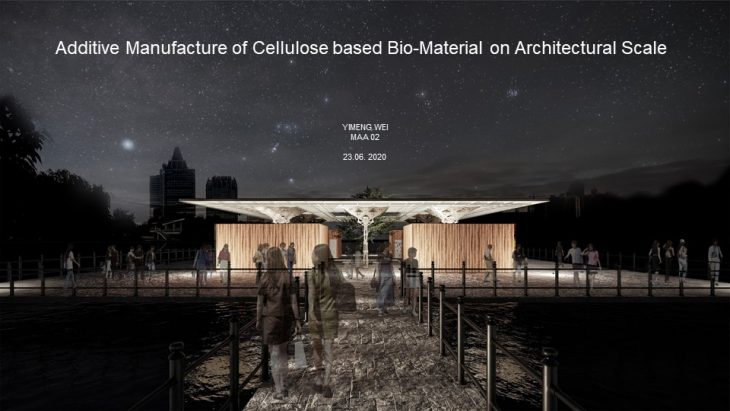
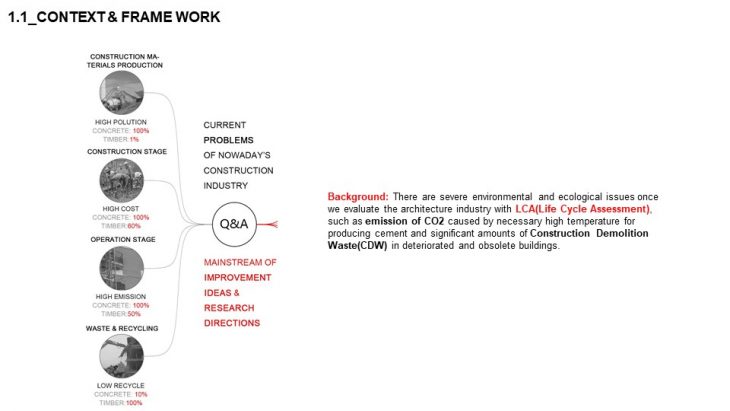
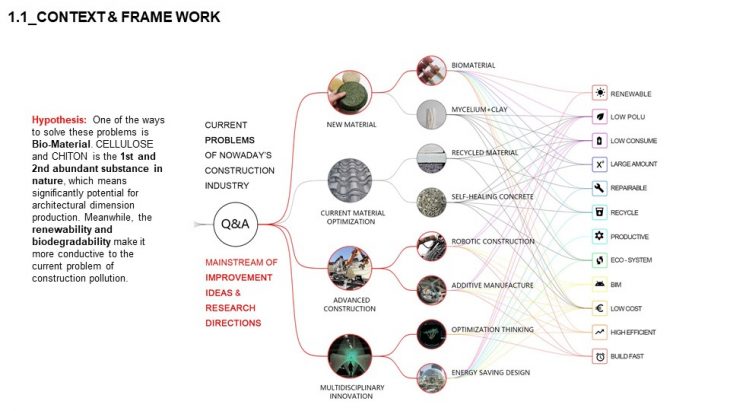
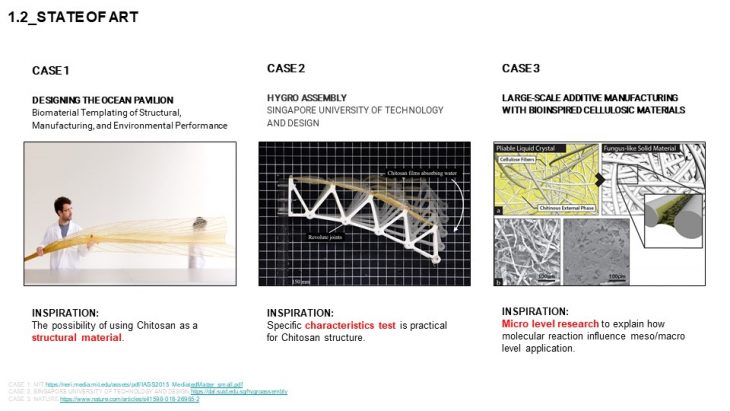
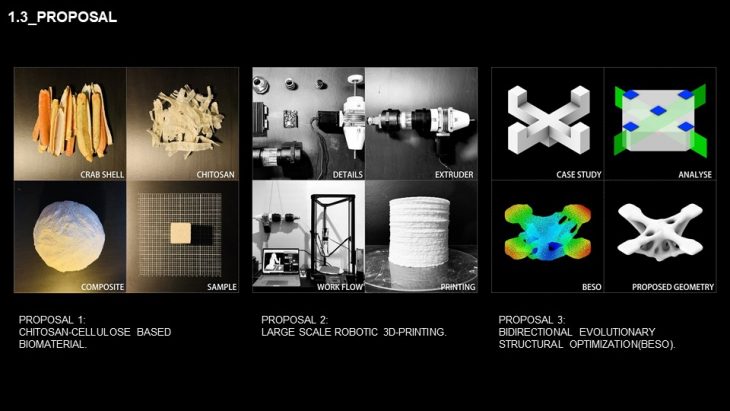
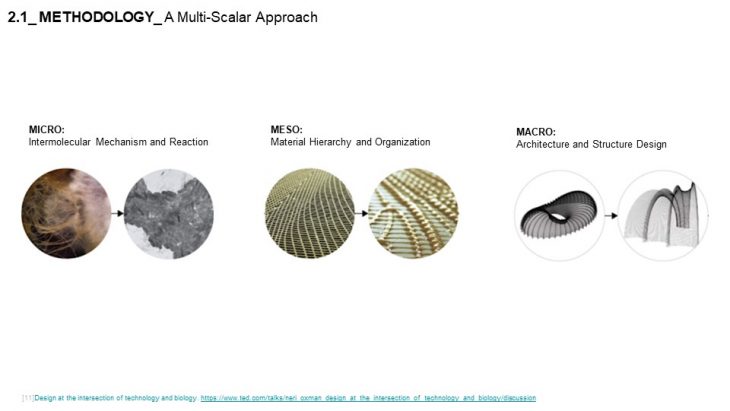
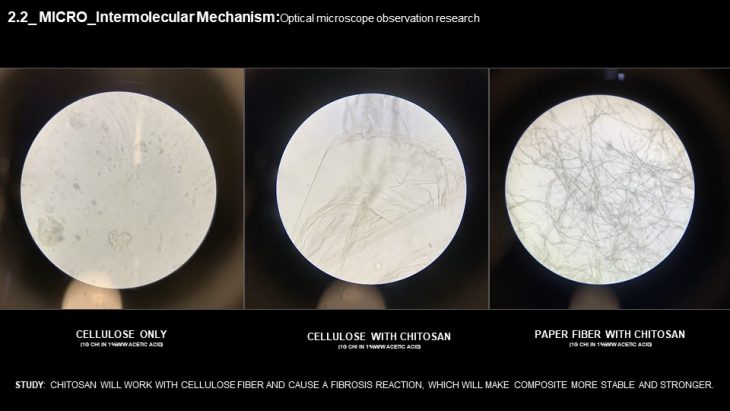

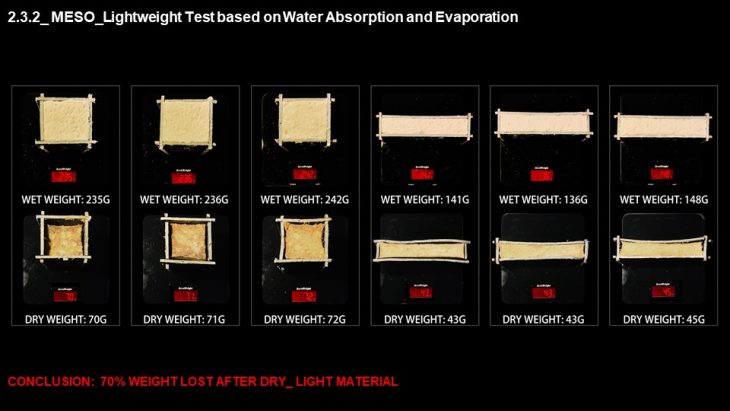
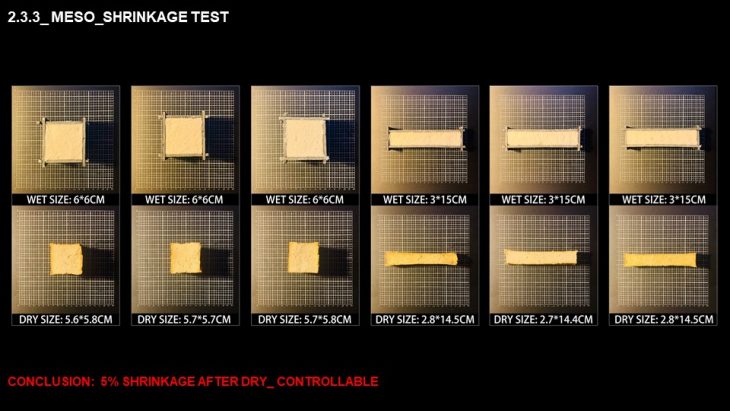
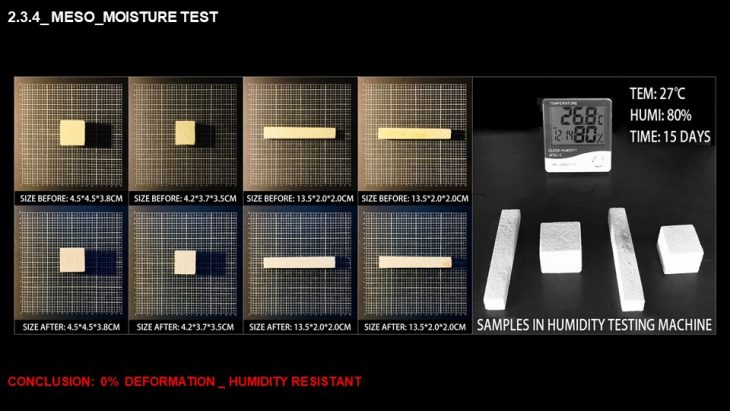
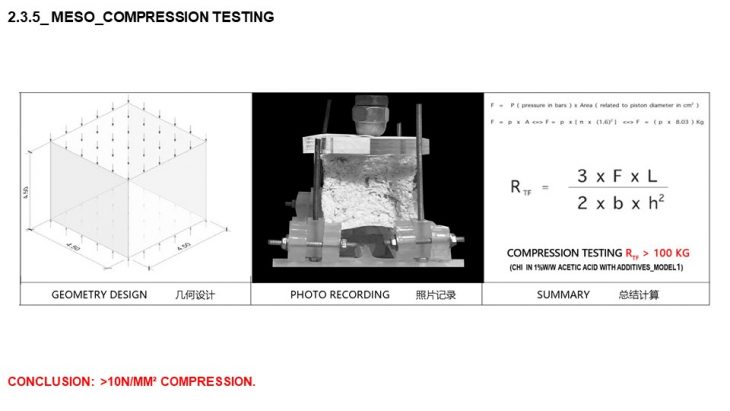
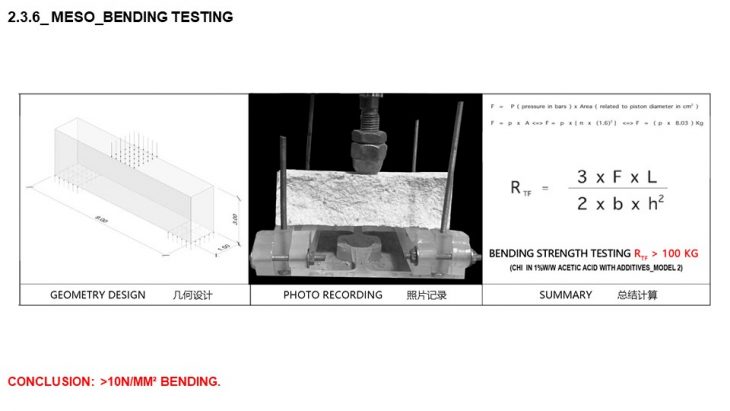
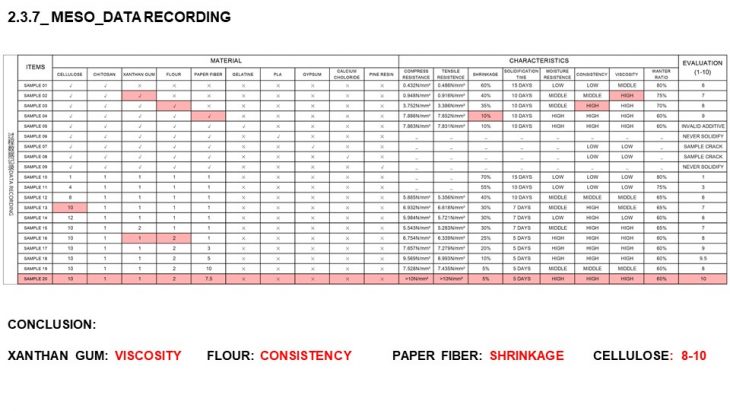
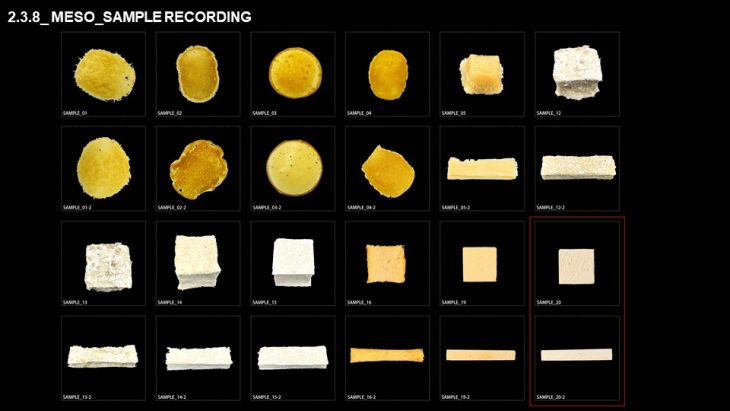
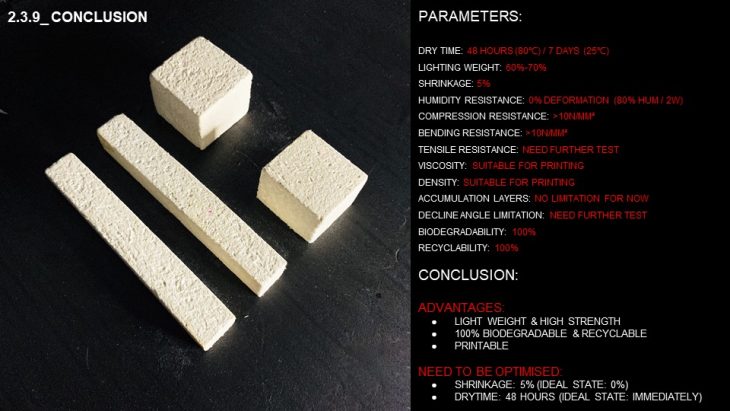

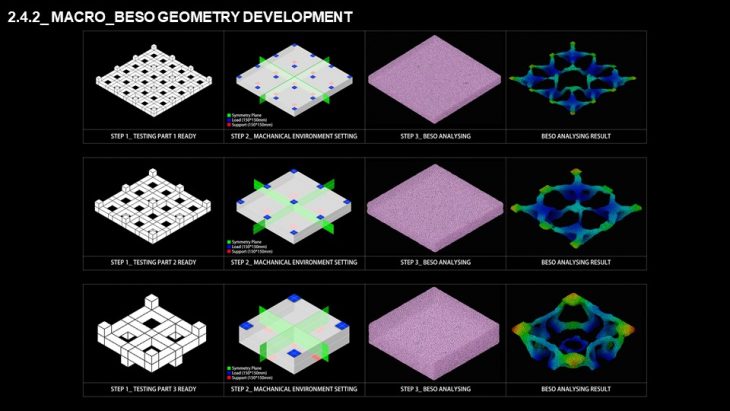
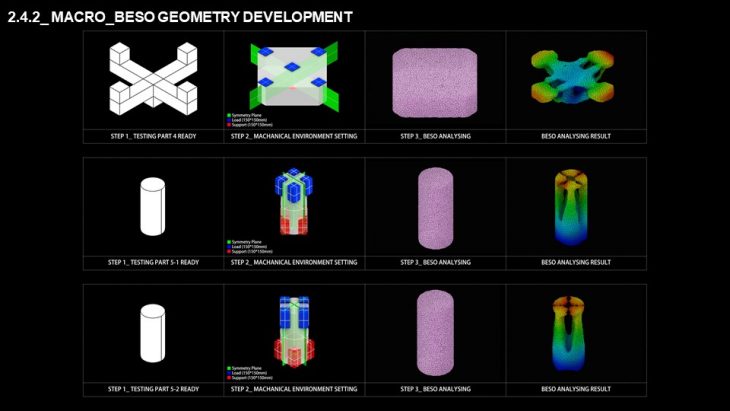
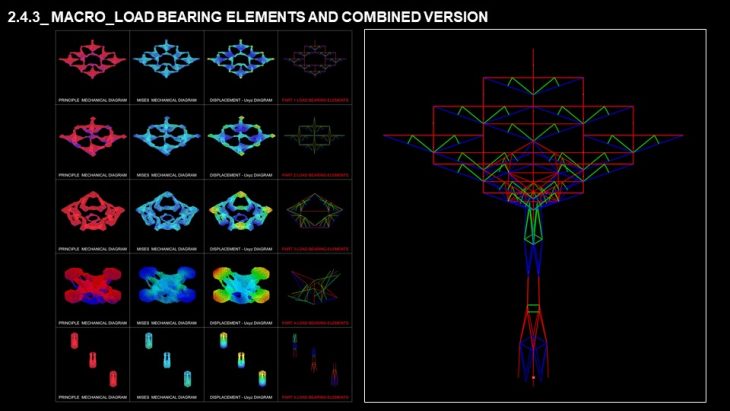
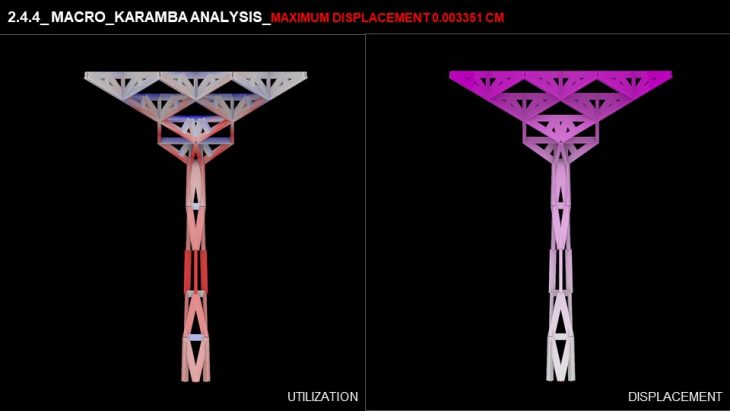
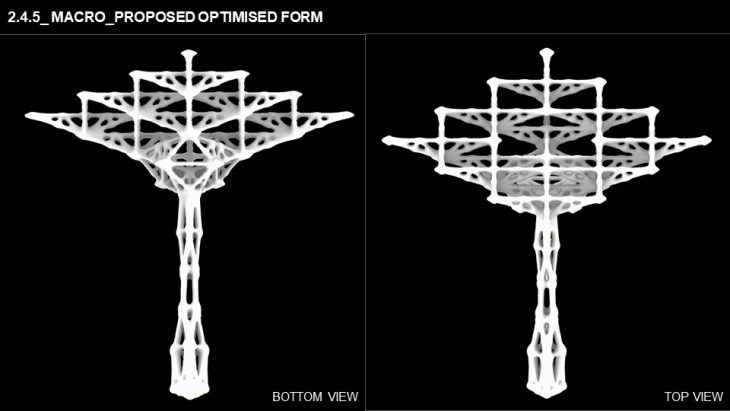
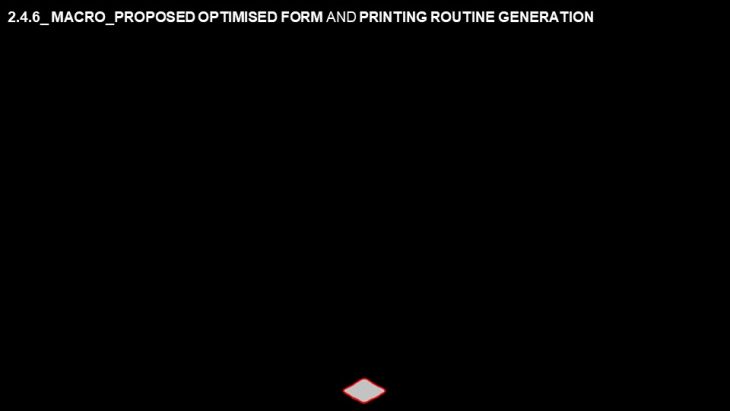
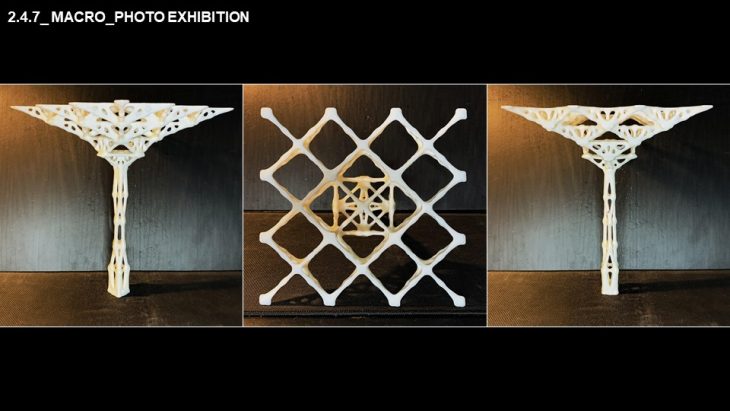
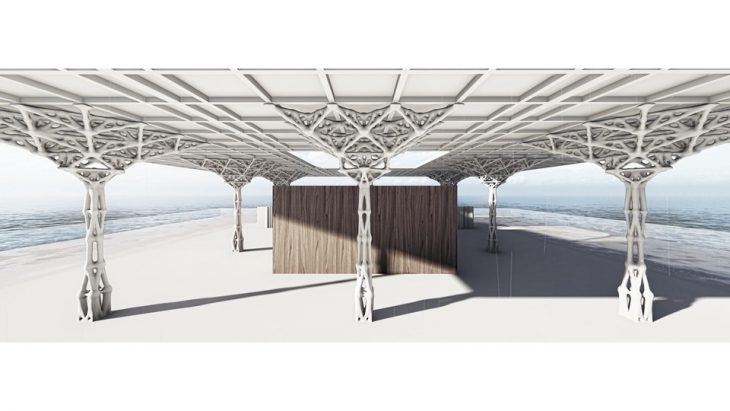
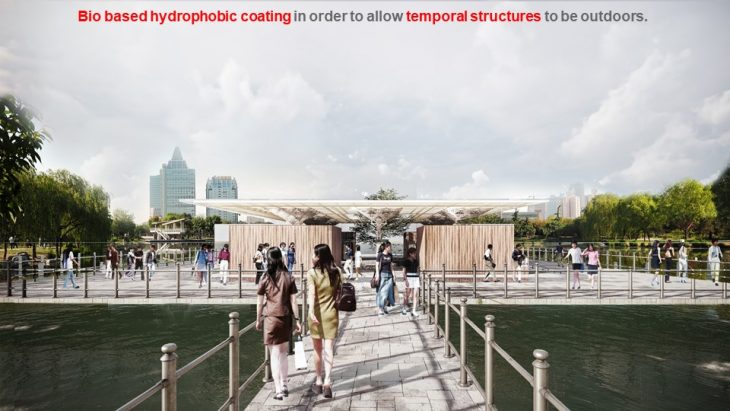
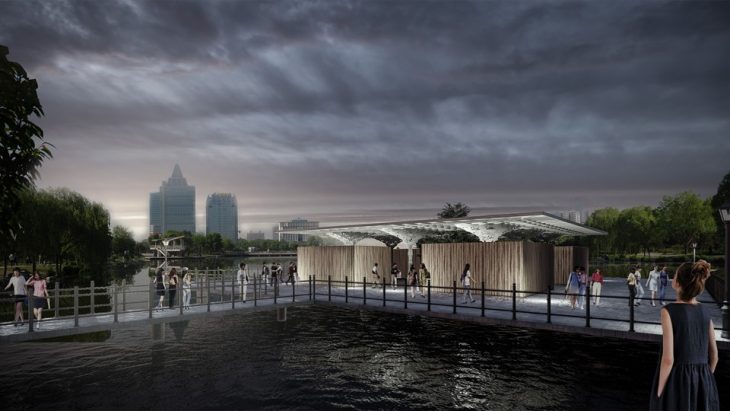
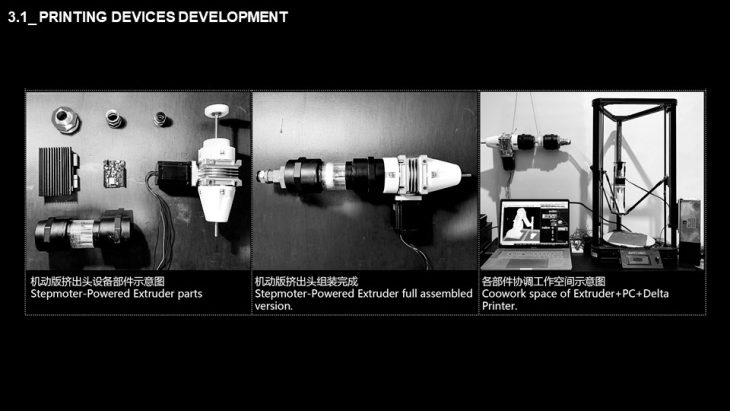
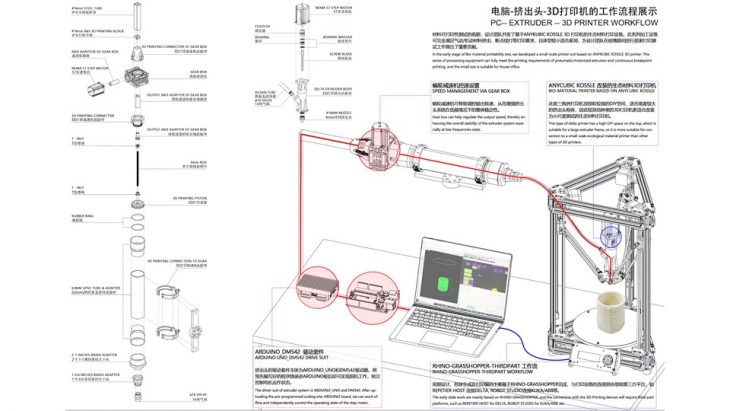

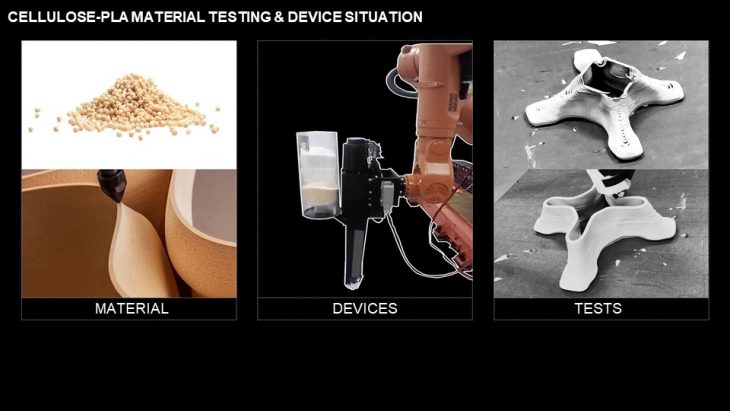

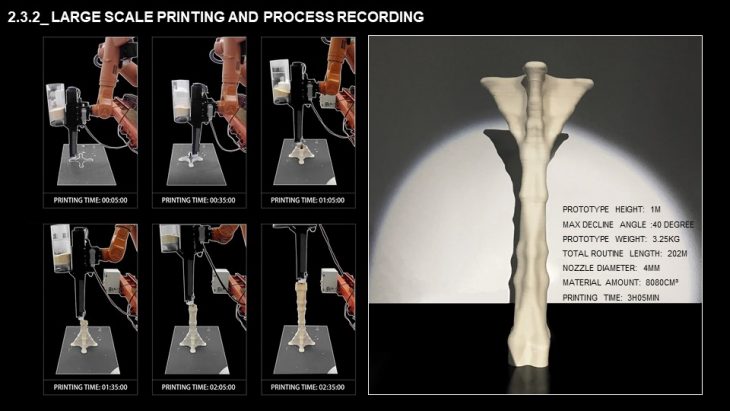
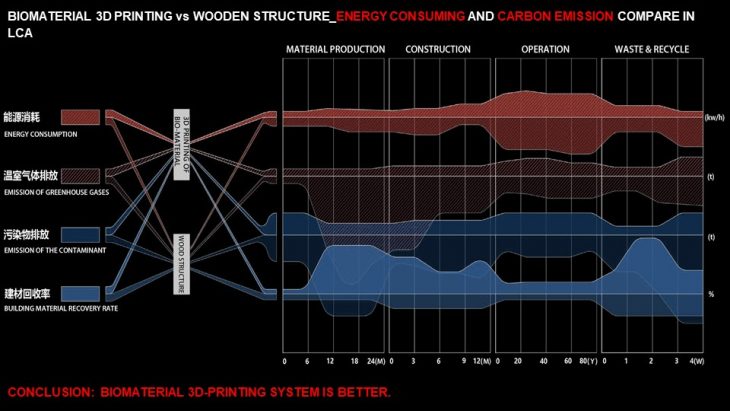
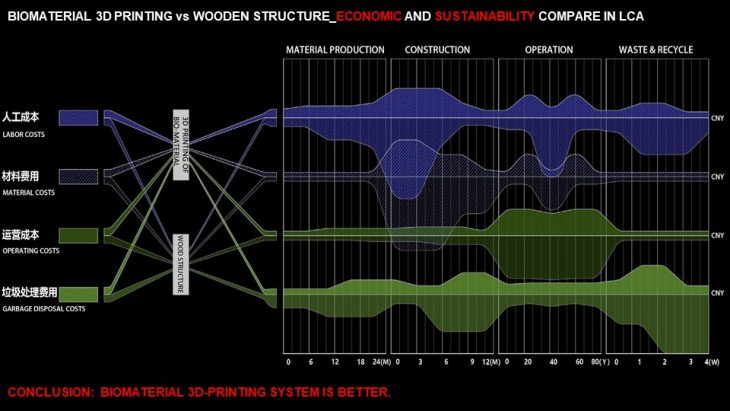
CREDITS:
Program: Master in Advanced Architecture 2 (thesis project)
Student: Yimeng Wei
Faculty: Areti Markopoulou, Nikol Kirova and Eduardo Chamorro